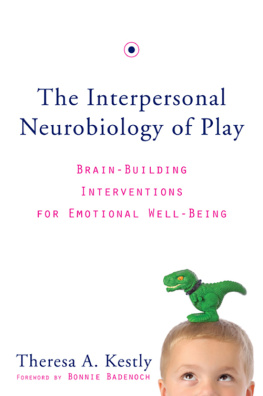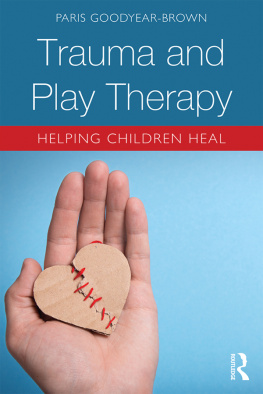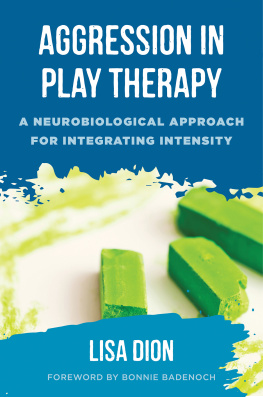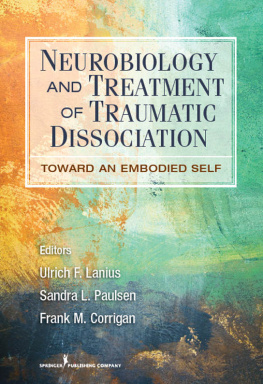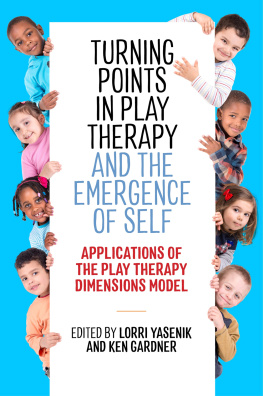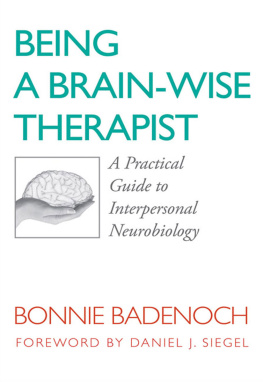

ACKNOWLEDGMENTS
In writing this book I have come to a much deeper understanding of just how important play is to me in a number of different ways. More than once, when I felt stuck about what to write next or how to articulate an idea, I found that if I could enter into a playful attitude with my writing, it was usually quite helpful. For a long time I have used journaling for the purpose of personal growth, but as I was writing this book, I began to practice more consistently a writing technique I learned in a workshop with Natalie Goldberg, author of Writing Down the Bones. Before we gathered for the workshop, Natalie instructed us to bring a pen that writes really fastone where the tip just glides over the paper (no obstructions!) and any old papernot expensive bound journaling books where we might be afraid to mess them up with words that might not come out in polished, finished form. When we began, Natalie asked us to write continuously about a specific topic for a certain period of time without stopping to thinkjust keep writing every word that comes to youno editing. Her instructions sounded open and nonthreatening to me, and so I began with a playful attitude. I loved it, and I was surprised by the ideas that began to flow more freely. Putting into practice what I learned from Natalie when I began writing this book, I found myself often leaving my computer to pick up pen and paper to write playfullyplaying with the words and opening up new thoughts and ideas. It just about always helped me to get back on track. So first, I want to thank Natalie for the practice of open, playful writing.
During this book project, I developed a deep appreciation for the amazing staff at Norton, especially Deborah Malmud for her clear focus, direction, and support of this project. Kathryn Moyer, Benjamin Yarling, Sophie Hagen, Sara Peterson and Margaret Ryan were also very helpful, kind, and patient, beyond what anyone could expect, with my endless questions and all the details involved in completing this book.
I am deeply grateful for Bonnie Badenochs wisdom, encouragement and support throughout this entire writing project. She read the whole manuscript as I was writing it, and she gave me invaluable feedback every step of the way. A heartfelt thanks goes to Patty Mourant, colleague and friend, for reading every chapter and giving me practical feedback from her clinical expertise. To Mary Thelma Brainard, greatly valued colleague, I just want to say thanks for the many long discussions about play and how it is intertwined with our clinical work.
As I wrote, I often thought about my very first playmates, 3 brothersRon, David and John, and 2 sistersLois and Donna. We grew up in a time before television or electronic games, when our biggest sources of entertainment were hours of sledding down the hill behind our home, family play nights when my mother would make popcorn and my father would engage us in an evening of hide-and-seek, the rough and tumble play of learning how to be siblings, playing dolls with my sisters, snow forts, tree houses, a backyard sandbox, a miniature sand box at Sunday school where we acted out Bible stories, arts and crafts of our own design, and anything else we could dream up to occupy our leisure time. We had a lot of serious moments too when we were growing up. There were plenty of chores, but we could always count on playtime when we were finished. It was a pattern of play balanced with meaningful work, a pattern that began early and, so far, has lasted a lifetime. This became so clear to me recently, when my siblings and I came together for a family reunion. I realized that we could still play togethermaking puzzles, telling jokes on one another, laughing a lot, sharing family stories, and just having fun. We also could still share the work entailed in spending a week together in my homethe cooking, the cleanup and all the other mundane tasks associated with daily life. I am grateful for my family of origin, and I feel especially lucky that I now have the miniature sand tray from my Sunday school where I first played in the sand to tell stories when I was just 6 years old. I have the sand tray because my siblings went to a great deal of trouble to get it for me and to transport it from Pennsylvania to New Mexico where I now have it in my teaching studio.
Much thanks goes to my daughter, and now also my grandchildren, for teaching me a lot more about play. We have engaged in a lot of old-fashioned play together, but they also introduced me to the joys of electronic games, the wonders of paid-for play, Legos, and a host of other interesting options. No matter the form, play seems generally to link us in the relationships we so much want and need.
This book could never have been written without the insight I gained from the patients who came to me for therapy, the students who came to learn about the sand tray, and my teachers, especially my third grade teacher, Mrs. Sargent, who believed I could write. I am also grateful for my mentor, Ross Mooney, from Ohio State University, who taught me how to think from a living systems perspective where our relationships with one another are core.
Finally, and importantly, I want to thank David Kestly, my husband for his full support and encouragement of this long and time-consuming project. Hopefully, we will soon make up for the playtime that, I must confess, I have too often put on hold over the past few years. I am grateful for Davids patience and not giving up on the prospects for play.

As Kenny and I walked toward my play therapy room, his mother said, Now talk to her today. Dont just play! He didnt respond. Nor did it seem she expected a response. At that moment, I really wanted to talk to Kennys mom about the importance of play in helping him deal with the stress of his fathers absence. I knew in my heart that play was crucial in his therapy, but that was a long time ago, before the decade of the brain, and I would have been hard-pressed to explain scientifically why play might be our best chance to support Kennys return to a healthy developmental path. He was just 4 years old, and from our first therapy session, when he and his mom played with clay in my office, Kenny called me the clay lady. With little apparent concern for his mothers admonishment, he was just eager to get to the playroom.
Inside the playroom with Kenny, I realized that his mom had just put words to a sentiment that seems to run deep in our dominantly left-brain, word-centered society. From that hemispheres perspective, play is so often seen as trivial, as what children should do only when there is no more important task to be done or words to say. The just playing phrase kept ringing in my ears, and I couldnt let it rest. I decided to find out why play is so important from a scientific and theoretical point of view, so I could explain to Kennys mom, in language she could understand, why he was so eager to play. Over time, the task of explaining the importance of play to parents became easier, and now thankfully, research from a number of different disciplines is helping us put the pieces of the puzzle together. New information is flowing rapidly, especially from the fields of neuroscience and interpersonal neurobiology. We are getting a much better picture of why we need to care about play.
One neuroscientist, Jaak Panksepp (Panksepp & Biven, 2012), describes play as one of the major brain sources of joy, and he says that it is one of the seven motivational systems inherent in our brains when we are born. Play has its own neural circuitry, and when children feel safely connected to others, the circuitry of play is naturally activated.
Next page
